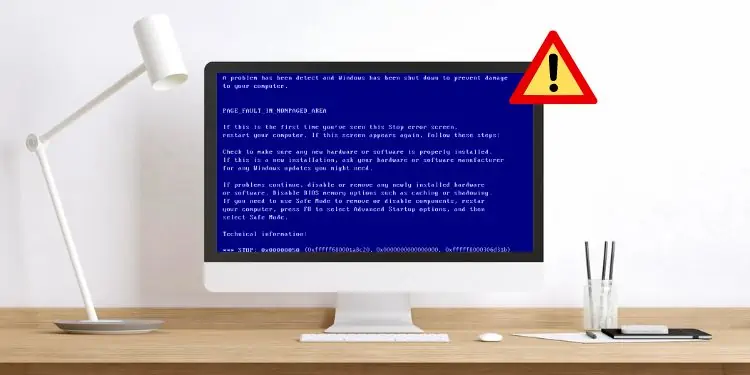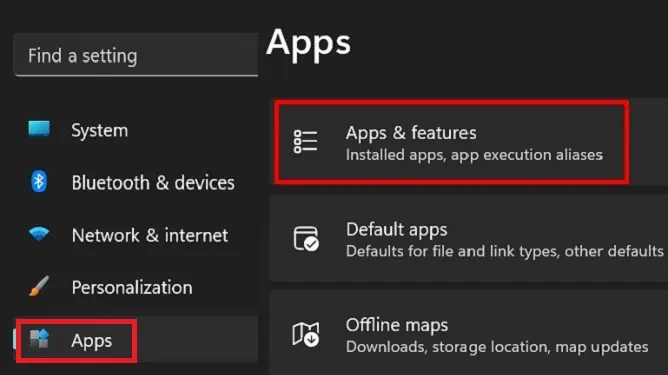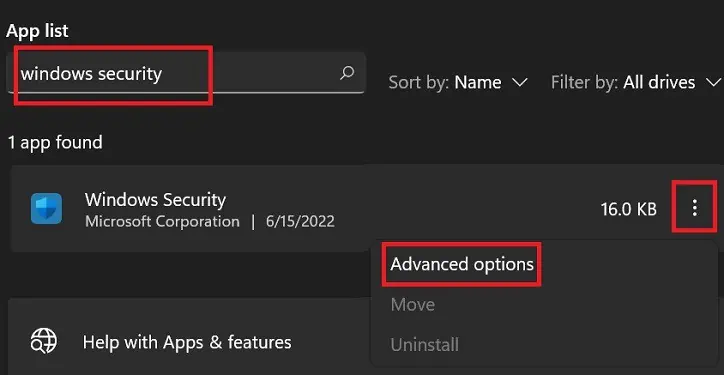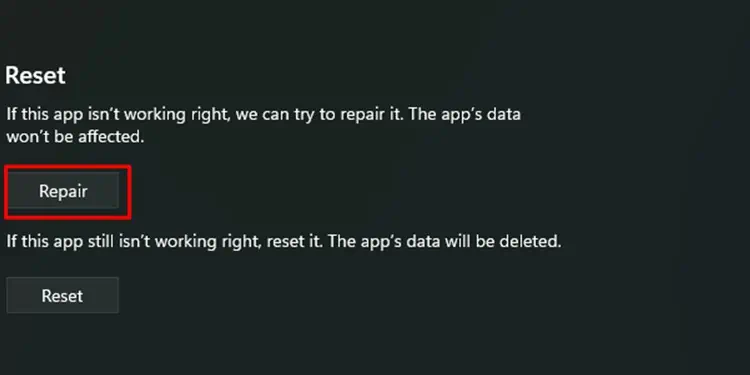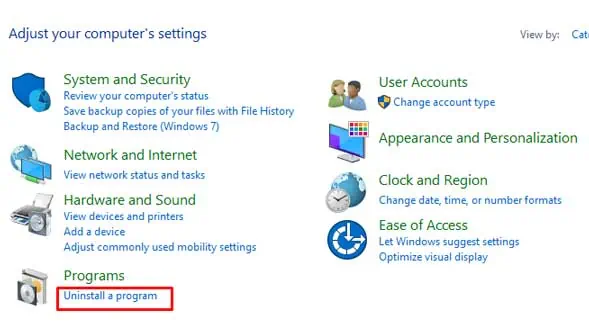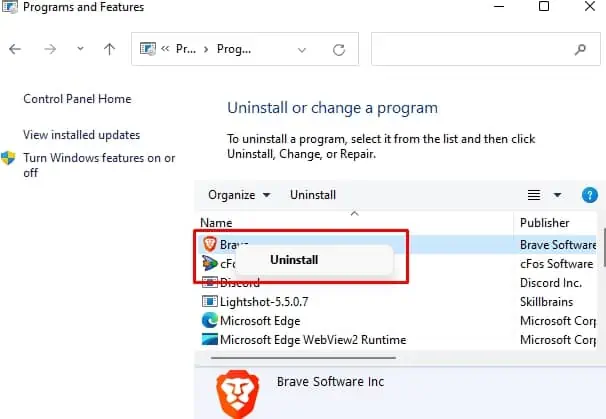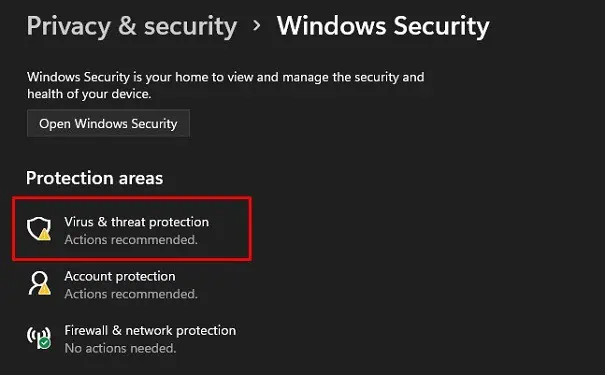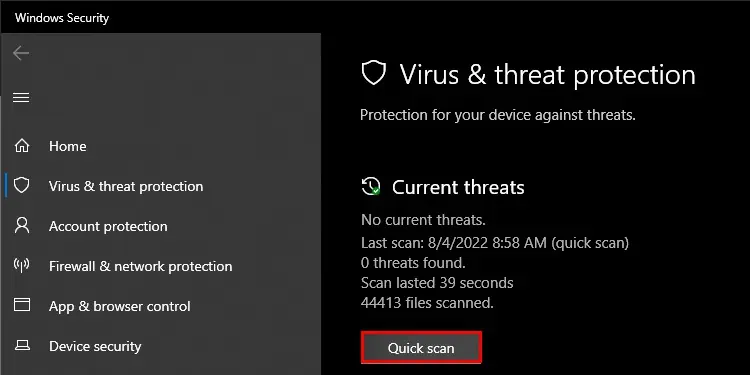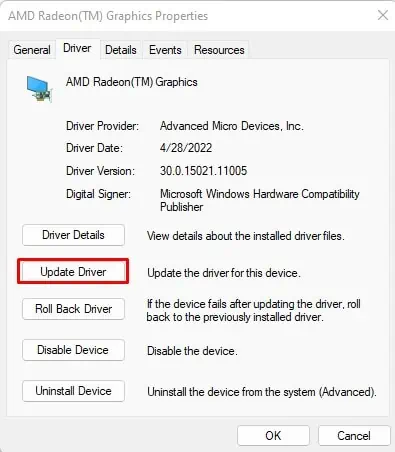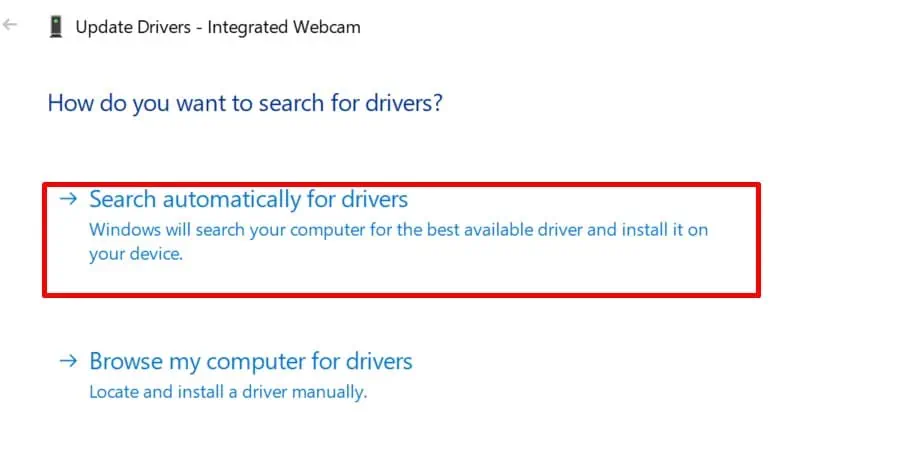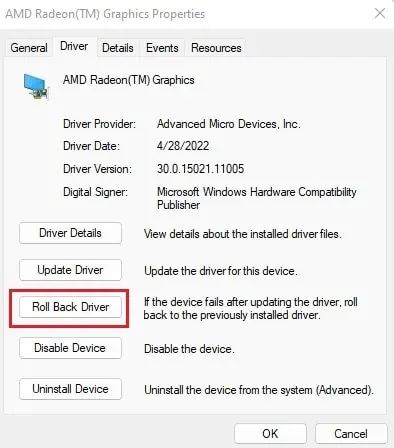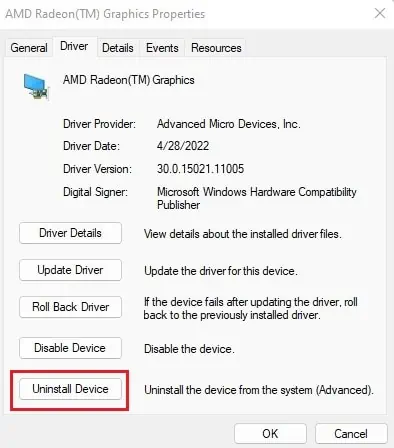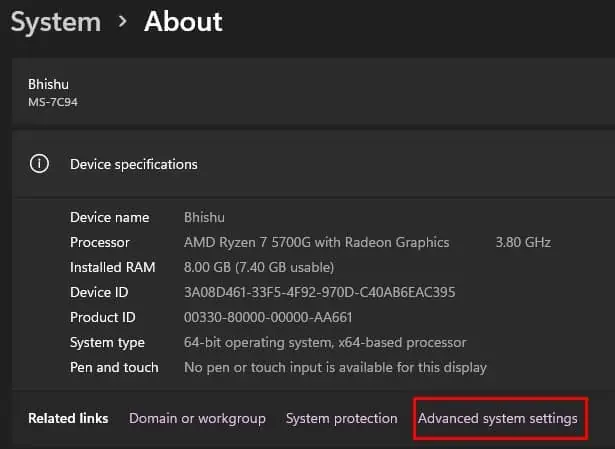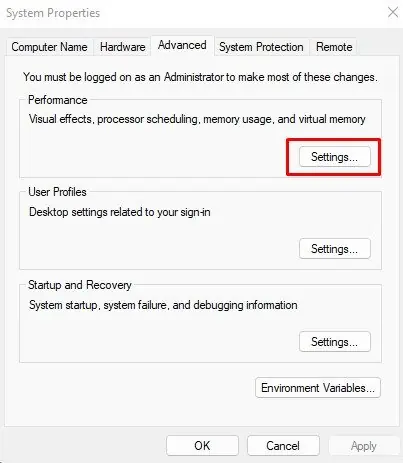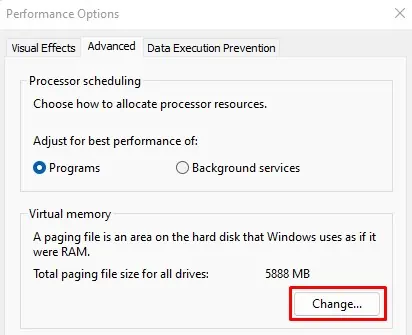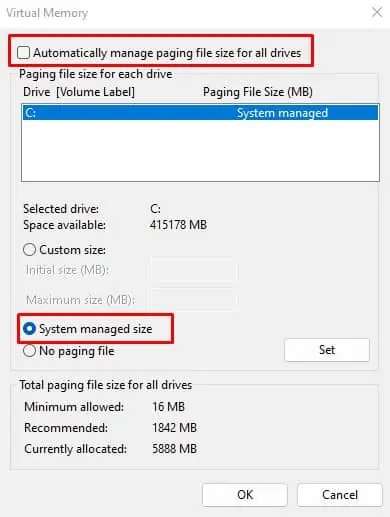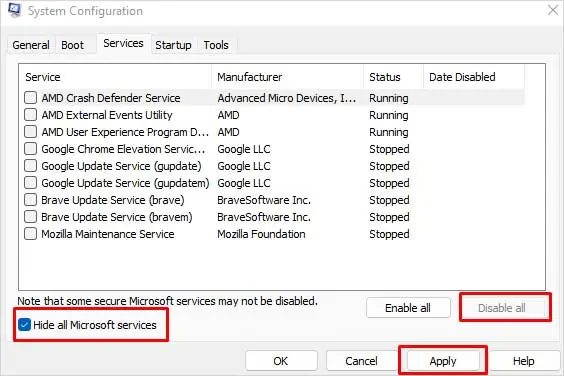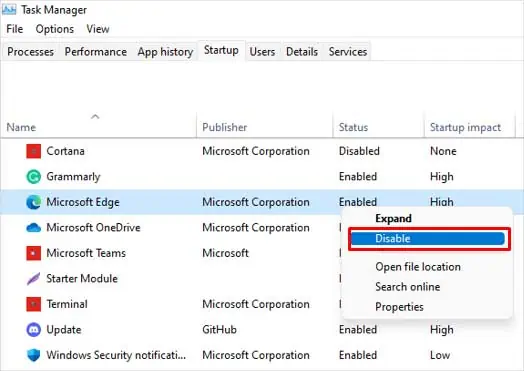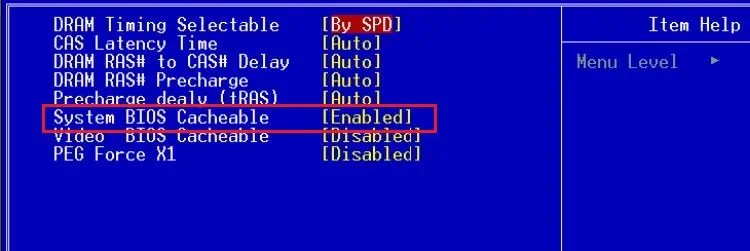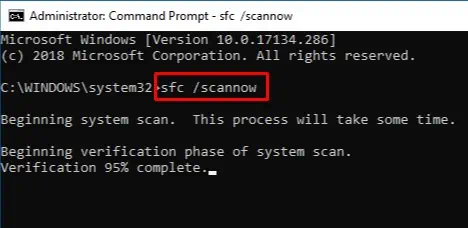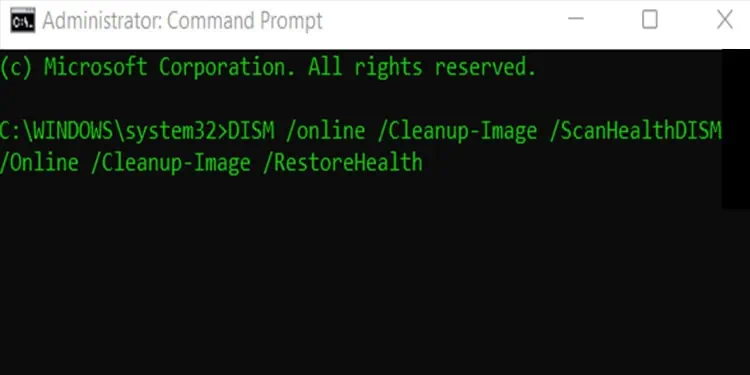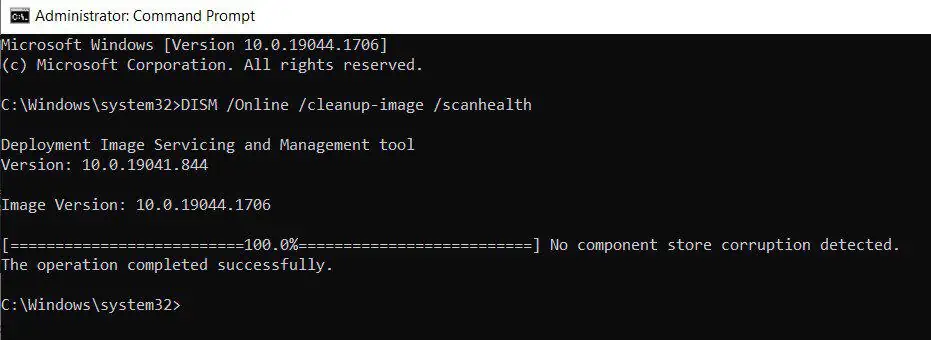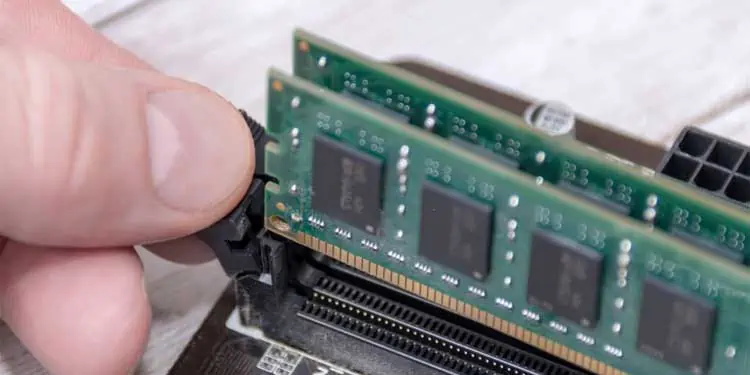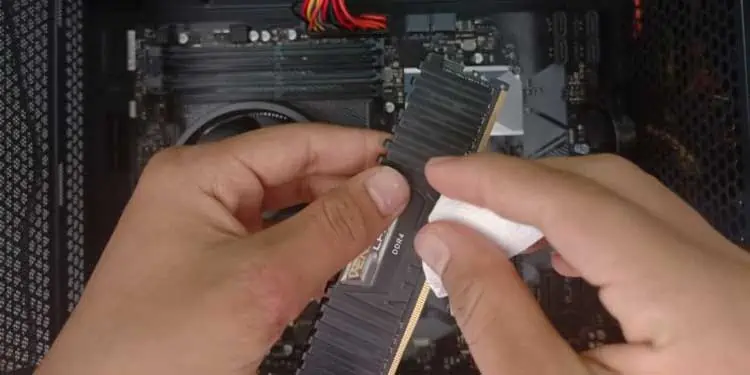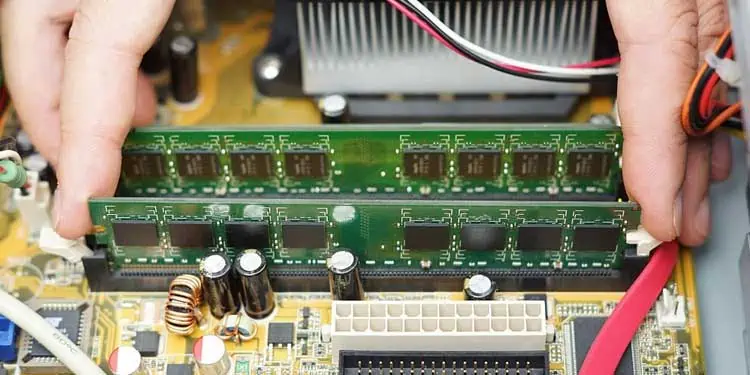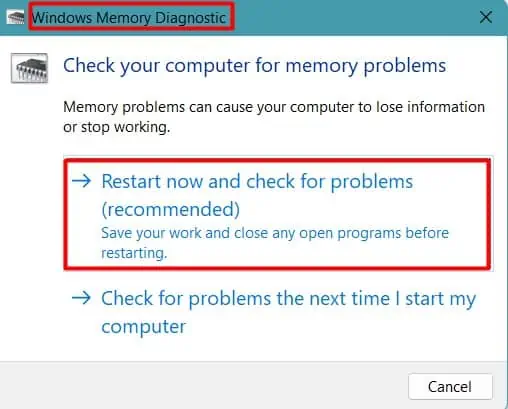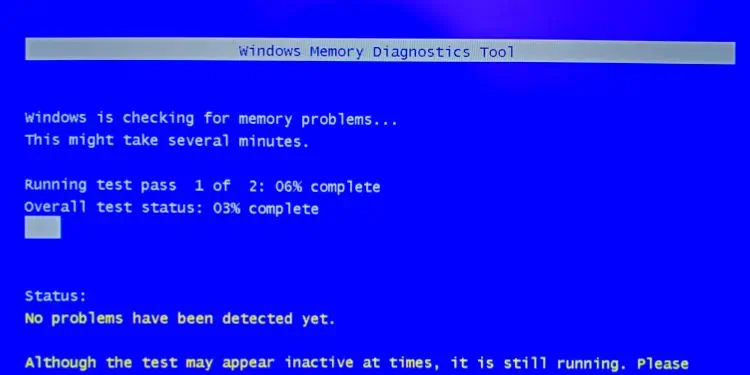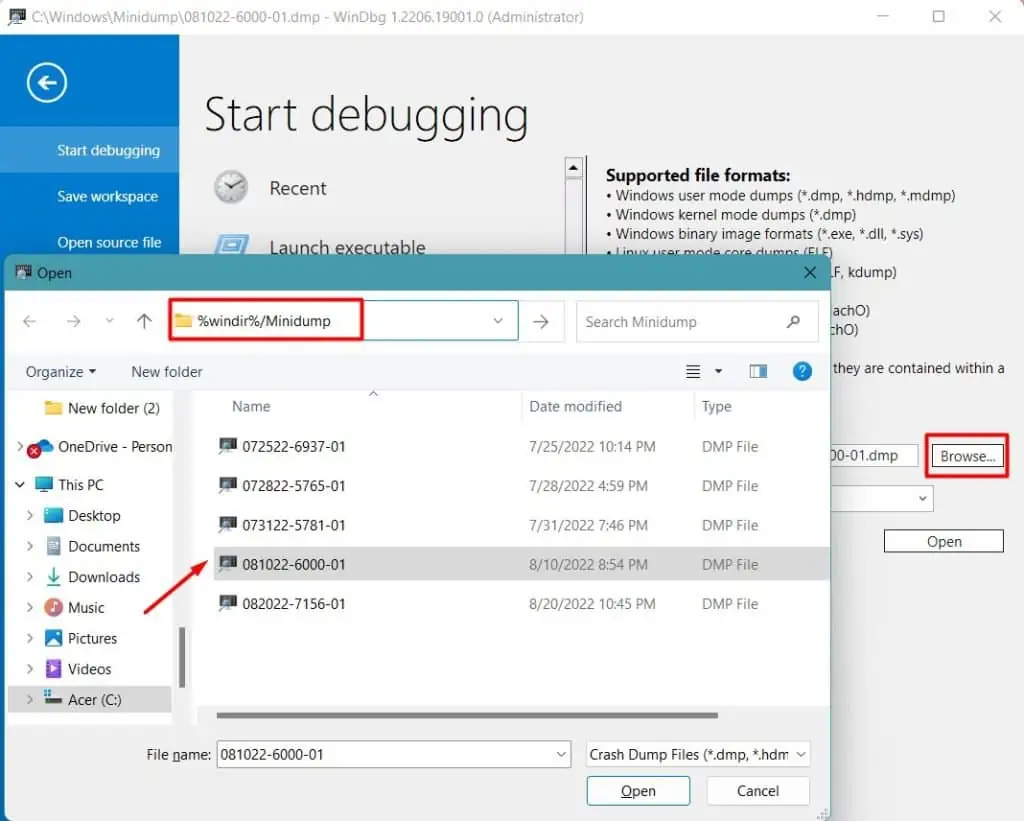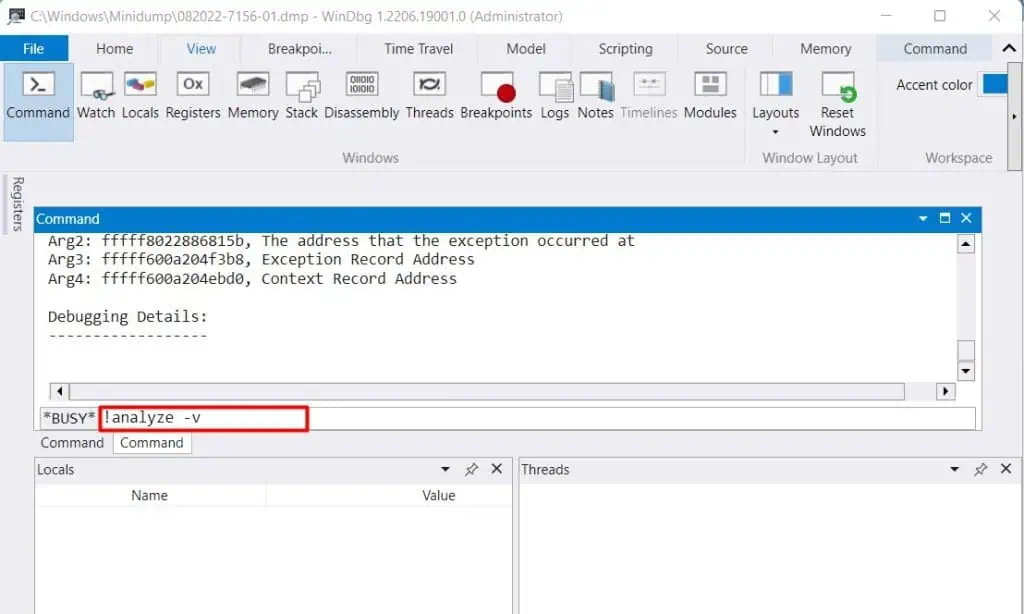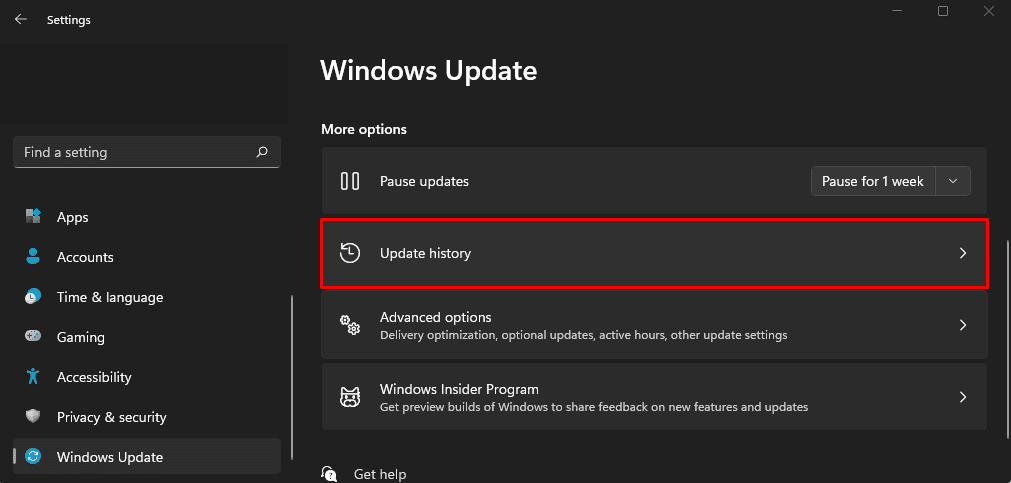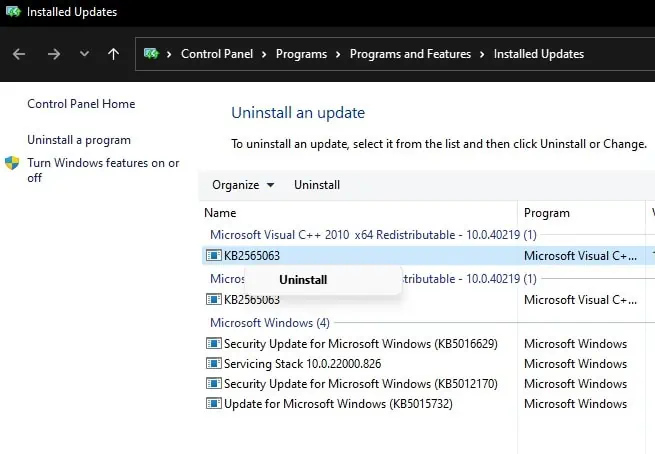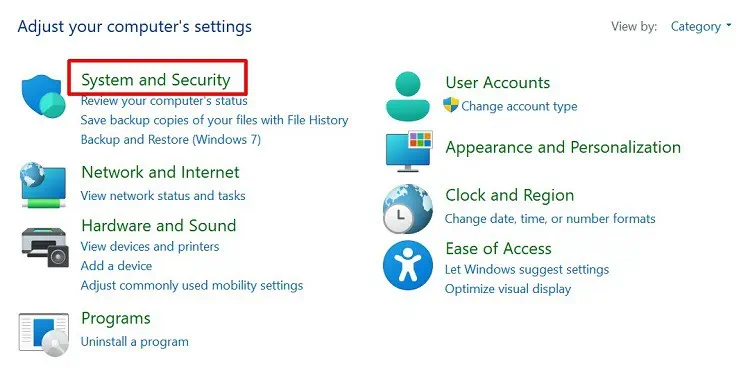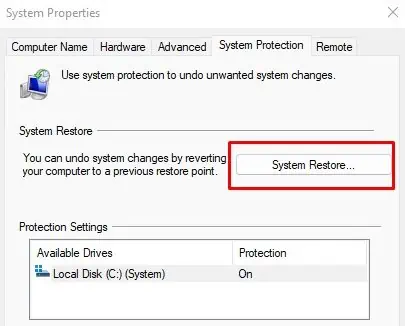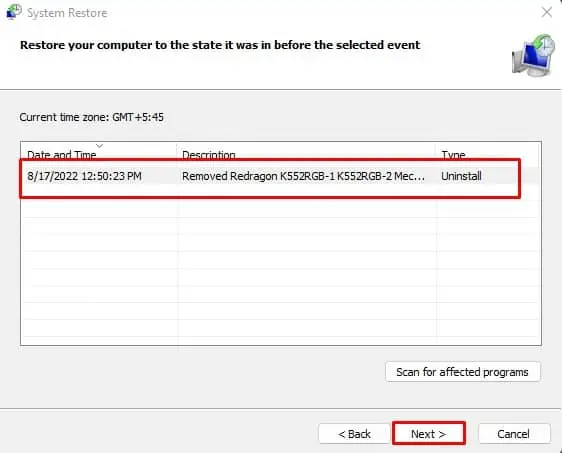Are you annoyed seeing the 0x00000050 BSOD error again and again? Whether you’re receiving this after a recent update or during a Windows backup using third-party software, we’ve got you covered.
Well, you may notice the STOP: 0x00000050 (parameter1, parameter2, parameter3, …) message at the bottom of the blue screen. Here, the parameters vary depending on your computer’s configuration. While some users have reported getting three parameters, others have also come across four.
Generally, this is caused due to the installation of a defective Windows update file or some software and hardware issues. Moreover, logical failures related to page files could also lead to this BSOD error.
Whatever the reason, this article features everything you should know about the 0x00000050 BSOD problem and its possible fixes.
Possible Causes of 0x00000050 BSOD Error
Basically, you get the 0x00000050 BSOD error when there’s an issue with the page file. Windows cannot access the process memory needed to run the system from RAM. This is probably because it’s referring to an invalid memory address.
- New hardware or software isn’t installed correctly
- Corrupted Windows update
- Enabling caching or shadowing in the BIOS Memory Options
- Problems with your RAM or hard drive
- Corrupted device drivers
- The Win32k.sys driver tries deallocating memory that was never allocated
- Use of third-party software that isn’t compatible with Windows
- Windows is infected with the HaxDoor virus
- Faults within the NTFS
How Do I Fix 0x00000050 BSOD Error on Windows?
When Windows encounters a fatal system error, it immediately shuts down your PC to prevent further damage. Even in this case, you’re directed to the blue screen of death once the 0x00000050 issue is detected.
- Restart your computer
- Update Windows
However, if you’re experiencing this multiple times, you can start following the steps below.
Reinstall or Remove Any New Hardware
The addition of new hardware means the installation of its new device driver. Therefore, if the driver is faulty, there can be a possibility that you’ll encounter the 0x00000050 error.
Thus, we suggest removing any new hardware you recently installed. Next, you can plug back the cable and check if you still receive the PAGE_FAULT_IN_NONPAGED_AREA message.
However, if the situation remains the same, your hardware could have extreme problems. So, we recommend removing it completely and checking if the 0x00000050 BSOD error is now fixed.
Repair or Reinstall Third-Party Applications
Along with hardware, even software can potentially harm your PC. If you recently installed any third-party application before facing the 0x00000050 BSOD error, you can first try repairing it. However, the Repair option is only available on a few programs, and here’s how you can do it:
- Press Windows + I keys to launch the Settings app and choose the Apps menu from the left panel.
- Next, select Apps & Features and search for the recently installed application creating the BSOD error.

- Click on the kebab icon and choose Advanced Options.

- Under Reset, find and press the Repair button.

If the program can’t be repaired, you can uninstall it and install it again:
- Navigate to the Start Menu and open the Control Panel.
- Under the Programs section, click on the Uninstall a program option.

- Next, navigate to the latest program you installed and right-click on it.
- Choose Uninstall and see if this has solved your problem.

Run Antivirus to Remove Potential Viruses
If your Windows PC is affected by a HaxDoor virus, there’s a hidden process that hides your important registry keys and files. This could be why you’re seeing the STOP: 0x00000050 error from time to time.
So, we recommend using one or multiple anti-virus programs to scan and eradicate such viruses. Interestingly, you can even use Windows Security if you do not want to download third-party antivirus software:
- From the search menu, look for Windows Security and launch the application.
- Now, choose Virus & threat protection.

- Find the Quick Scan button and click on it.

- Then, wait until the possible threats are scanned and fixed.
Sometimes, third-party antivirus programs can also bring up the BSOD error. Since Windows defender does an excellent job securing your system against malware, it is advised to uninstall such applications if installed.
Download & Apply Microsoft Hotfix
After several Windows 8 and Windows Server 2012 users frequently faced this issue, Microsoft made a hotfix available for iterations of the OS. So, if you’re one of them, here’s what you can do:
- First, navigate to the Microsoft Update Catalog page and download the applicable hotfix.
- Once the download is complete, run the program and proceed with the on-screen steps.
- Now, restart your PC, and this should fix the 0x00000050 BSOD error.
Update, Rollback, and Reinstall Device Drivers
Well, one of the prime causes for the 0x00000050 BSOD error is driver-related problems, specifically graphics and storage unit drivers. So, updating or reinstalling your PC’s video adapters and storage drivers should do the trick. Also, if a recently installed hardware is causing the issue, you can update the related driver. Follow the below guideline to update, rollback, and reinstall each driver on Windows:
- Open Device Manager from the Start Menu.
- Now, expand one of the adapters, let’s say Display adapters.
- Right-click on the adapter and choose Properties.
- Next, go to the driver tab and click on Update driver.

- Then, select Search automatically for drivers.

- Repeat the process for each video and storage driver on your PC.
- If you get the 0x00000050 error again, navigate back to the adapter properties, and choose Roll Back driver.

- Select a reason why you’re rolling back the driver and hit Yes.
- If you’re still noticing the BSOD error, go back to the adapter properties, and this time, choose Uninstall device.

- Select Uninstall once the warning message appears and your computer gets restarted. Once the PC boots, the necessary driver is reinstalled automatically.
Change Page File Settings
The paging file size is crucial for stabilizing your system and managing the virtual memory space. By default, Windows OS automatically manages paging file sizes for all the drives by creating a dedicated file called Pagefile.sys.
However, if you’re already using an SSD, it performs much better than the HDD, and you can simply set the No paging File option. But, if you’re still using a hard disk drive, we recommend enabling the system-managed size or creating a custom size based on your storage capacity:
- Press Windows + I keys to launch Settings.
- Next, go to System > About.
- Expand the Device Specifications tab and choose Advanced system settings.

- Once the System Properties dialogue box launches, click on the Settings… button under Performance.

- Then, select the Advanced tab, and under Virtual Memory, choose Change…

- Now, uncheck the Automatically manage paging file size for all drives option. When you do this, the System managed size is enabled by default. So, you can press Ok if you’re using an SDD.

- However, if you use an HDD, select the Custom size option. Here, set the Initial file size (MB) and Minimum Size (MB) as per the space available.
- Once done, hit Ok on all the three dialogue boxes.
- Finally, restart your computer, and you should no longer see the 0x00000050 BSOD error.
Disable All Non-Microsoft Programs During Startup
Often, the apps permitted to launch with the Windows startup may also create BSOD issues. In such a case, here’s how you can perform a clean boot:
- Press Windows + R keys to launch the Run dialogue box. Here, type
msconfigand hit enter. - Once the System Configuration window launches, select the Services tab.
- Then, check the Hide all Microsoft services option.
- Ensure that all the services are ticked and press the Disable all button.
- Then, choose either Ok or Apply to save the changes made.

- Next, go to the Startup tab and click on the Open Task Manager link.
- Then, right-click each application one by one and choose Disable.

- Now, restart your computer. If the startup apps were the reasons behind the 0x00000050 BSOD error, you’d no longer get the issue again.
- Now, start enabling each startup app and restart your PC to identify the main culprit.
- Finally, uninstall the program that’s actually causing the problem.
Disable Caching or Shadowing in BIOS
Caching and shadowing are used by most programs to access information directly. Basically, this is a high-speed static RAM, and if any issues are present here, Windows may experience system faults, like BSOD.
Thus, we recommend disabling the option, and this is possible only from your motherboard’s BIOS:
- Use the dedicated key to get into BIOS on Windows 11. Usually, pressing DEL or F2 key should do the job. Or, you can refer to the internet to look for the key that works for you.
- Now, navigate to the Memory settings. If you do not find it, you may need to visit the Advanced settings first.
- Here, find System BIOS Cacheable and C000, 32K Shadow. Disable both these options.

Try Running SFC, DISM, and CHKDSK Commands
SFC scannow is responsible for replacing corrupted files with a cached copy. On the other hand, the DISM command fixes any DLL cache files within your system. Similarly, the CHKDSK command repairs corrupted Windows files on a disk.
Hence, these three commands can help you resolve problems with the Win32k.sys driver and NTFS that’s probably causing the 0x00000050 BSOD error. Here’s how you can run them on Windows:
- From the Start Menu, search for Command Prompt and run it as an administrator.
- Now, copy and paste the following command line to first run the SFC Scannow:
sfc /scannow
- Restart your PC and find out if you’re still getting this error.
- Next, use the following command line to run DISM on Command Prompt:
DISM /online /cleanup-image /restorehealth
- Again, restart your PC and see if the 0x00000050 BSOD error is now fixed.
- Finally, launch the CMD again and use the following command to run the CHKDSK:
chkdsk /r /x
- You are required to restart your PC again and check whether the issue is resolved.
Reseat RAM Stick and GPU
If the techniques mentioned above didn’t work, it’s probably because of physical issues with your RAM. Also, if the port has dust or dirt stuck, the RAM stick or GPU may not work as it should. So, you might need to reseat them or, in the worst case, replace them. Go through the guide below on how to do just that:
- Firstly, ensure that you have turned off your PC and removed the power cord.
- Carefully remove the CPU’s cover plate and locate your RAM stick(s). For laptops, you’ll need to unscrew the bottom base and remove it.
- Generally, your RAM sticks are locked to the slot. So, simply shift the locks upwards or downwards to make them loose.

- Now, gently apply pressure and pull the RAM sticks from each slot.
- Before placing them back, ensure you clean the dust in the RAM slot. Also, you can use 70% isopropyl alcohol to clean your RAM sticks.

- Repeat the same process for your GPU as well.
- Once the RAM sticks and GPU are dried, place them back in their slots and lock them well.

- Then, assemble other parts as well and start your PC.
Try Running Windows Memory Diagnostic
Windows Memory Diagnostic is a built-in tool that lets you diagnose memory errors in your computer applications. Basically, it tests your RAM and sees if anything is causing the 0x00000050 BSOD error on your PC.
Indeed, running the Windows Memory Diagnostic is relatively easy, and these steps will help you do just that:
- On your Windows taskbar, press the Magnifying icon. Here, search and launch the Windows Memory Diagnostic utility.
- Next, choose the Restart now and check for problems (recommended) option.

- Now, your PC restarts and takes you to the Windows Memory Diagnostic Tool window. Here, the test starts automatically, and you’ll be updated with its status under the Status section.
- Wait for several minutes until the diagnosis is completed and your PC restarts.

- Finally, log in to your computer screen, and you’ll receive the test results.
Analyze Mini Dump File
The prime cause of any BSOD error is hard to find. In such a case, you can look through the dump files where the exact cause of the issue is stored. This way, you can analyze and find the faulty driver or application that is responsible for the 0x00000050 BSOD error:
- Firstly, navigate to Microsoft Store and search for the WinDbg Preview application.
- Download and launch the program.
- Now, choose File and select Open dump file.
- Move to the right and click on the Browse button.
- In the address bar, enter
%windir%\Minidump. This takes you toC:\Windows\minidump. - Here, choose the recent dump file created by your OS and click Open.

- Next, use the
!analyze -vcommand and hit enter.
- Now, the exact problem gets listed in the Command section. Use the module name or image name and find the necessary solution on Microsoft’s Forum.
Uninstall Recent Windows Updates
If a recent Windows update isn’t compatible with your computer, you could face the 0x00000050 BSOD error. Luckily, Windows allows viewing all the updated files, and you can uninstall each of them directly:
- Press Windows + I keys to launch the Settings application and navigate to the Windows Update tab.
- Under More options, select Update history.

- Now, navigate to Related settings and click on the Uninstall updates option.
- Here, right-click on each update file and press Uninstall.

- Finally, restart your PC; now, you should no longer see the 0x00000050 BSOD error.
Perform System Restore
Creating a system restore is an excellent option to revert your Windows to its stable version. So, if you’re getting the 0x00000050 BSOD error due to corrupted data or installation failures, here’s how you can perform a system restore on Windows 11:
- Launch Control Panel and go to System and Security.

- Next, select System. This should launch the About Settings.
- Now, expand the Device specifications and click on the Advanced system settings option.
- Once the System Properties launches, navigate to the System Protection tab.
- Under System Restore, click on the System Restore… button.

- When the Restore system files and settings open up, hit Next.
- Then, select an appropriate restore point and click Next.

- Finally, press the Finish button, and your computer restarts and begins to restore Windows to its working condition.
- Proceed with the on-screen steps until your PC boots. Now, you should no longer get the 0x00000050 BSOD error.

